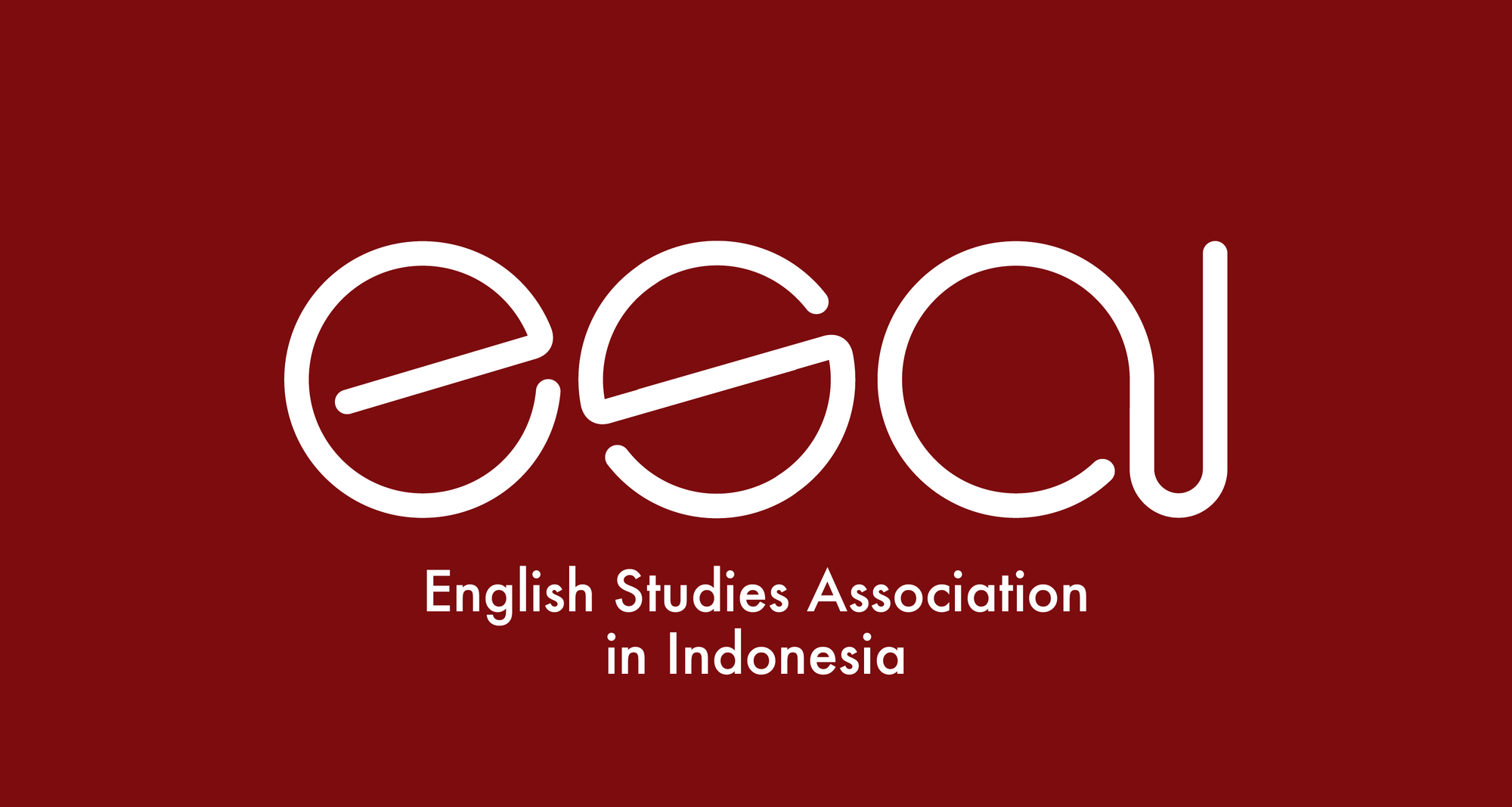The reflection of top-down tourism approach in the linguistic landscape of a developing tourism village, Cisaat, Indonesia
DOI:
https://doi.org/10.21009/lililacs.032.01Keywords:
linguistic landscape, monolingualism, monolingual signs, top-down approach, top-down signs, tourismAbstract
This study explores the linguistic landscape at the Cisaat village and explains the reflection of top-down tourism approach in the linguistic landscape at the Cisaat village. The village is planned to be a leading agritourism and educational tourist village by a state university based in the capital city of Indonesia – Universitas Negeri Jakarta. The plan is formulated with a top-down approach since each plan and move is decided by the actors or authorities on the upper hierarchical level (top) and centralistic. To understand how LL reflects the top-down tourism approach, any signs along the main road in the village were collected and classified according to the language use. The result shows that only two languages were found to be significant for this study: Indonesian and Sundanese language. The Indonesian monolingual signs dominated the LL in the area. The anticipated appearance of local language from the mobility of language in periphery and the anticipated multilingualism from the grand plan of Kampung Bahasa by the university does not translate into the LL. The result reflects the top-down tourism approach in the area. The village becomes an area of interesting encounter between centre and periphery, top and bottom, affected by the tourism approach initiated by the university from the capital of Indonesia.
Keywords: linguistic landscape, monolingualism, monolingual signs, top-down approach, top-down signs, tourism







